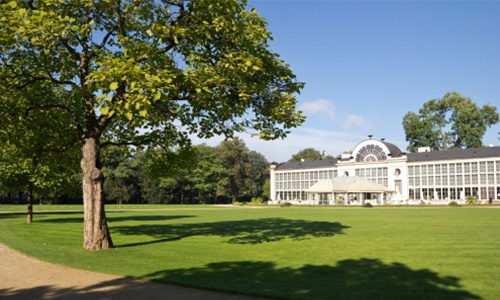
Stockholm, Sweden
The vast majority of Stockholm residents work in the service industry, which accounts for roughly 85% of jobs in Stockholm. The almost total absence of heavy industry (and fossil fuel power plants) makes Stockholm one of the world’s cleanest metropolises. The last decade has seen a significant number of jobs created in high technology companies. Large employers include IBM, Ericsson, and Electrolux. A major IT centre is located in Kista, in northern Stockholm. Stockholm is Sweden’s financial centre. Major Swedish banks, such as Nordea, Swedbank, Handelsbanken, and Skandinaviska Enskilda Banken, are headquartered in Stockholm, as are the major insurance companies Skandia, Folksam and Trygg-Hansa. Additionally, about 45% of Swedish companies with more than 200 employees are headquartered in Stockholm. Famous clothes retailer H&M is also headquartered in the city. In recent years, tourism has played an important part in the city’s economy. Stockholm County is ranked as the 10th largest visitor destination in Europe, with over 10 million commercial overnight stays per year.








